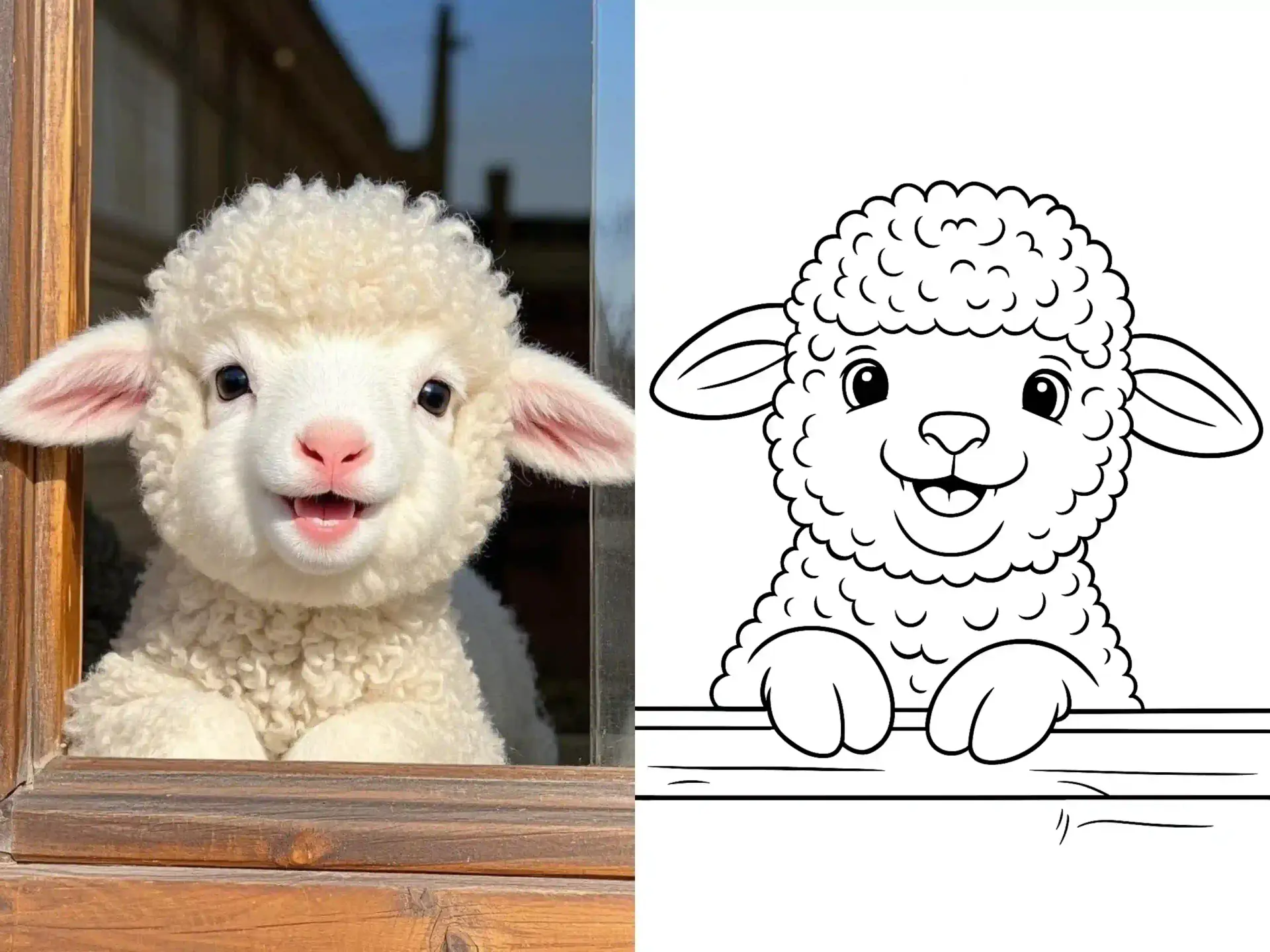What are the benefits of coloring Lonely Little Fish Coloring Page?
Coloring this 'Small Fish Alone' page can greatly enhance a child's creativity and imagination. As they choose colors for the fish and its environment, they engage in decision-making, fostering their artistic skills. This activity can also improve hand-eye coordination as they carefully color within the lines of the fish and waves. The simple, yet charming design encourages relaxation, helping children focus and develop patience. The aquatic theme can also inspire curiosity about marine life, providing an educational angle as they ponder what colors fish and underwater scenes might naturally display.
How difficult is it to color Lonely Little Fish Coloring Page, and what tips can help?
1. The fish's scales require careful coloring to maintain a neat appearance.
2. The small fins and tail demand precision to avoid coloring outside the lines.
3. Creating a realistic water effect around the fish might be challenging for beginners.
What are the best color suggestions for Lonely Little Fish Coloring Page?
To make this 'Small Fish Alone' Coloring Page vibrant, consider using bright colors for the fish, such as oranges and yellows, to give it a lively appearance. You could add blue or green shades for the waves to create a refreshing underwater feel. Encourage creativity by suggesting kids add patterns or stripes on the fish's body using contrasting colors like red or purple. For a more artistic touch, they might blend different shades of blue and green around the fish to mimic the look of moving water. Young artists can also experiment with adding bubbles or small sea creatures to the scene for added interest.













